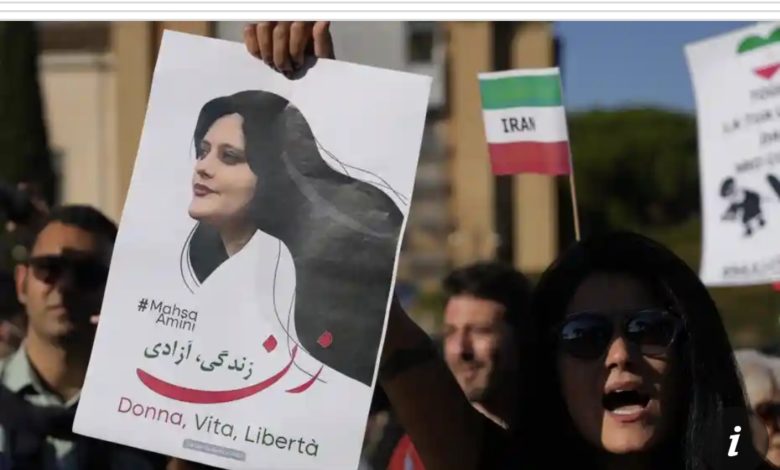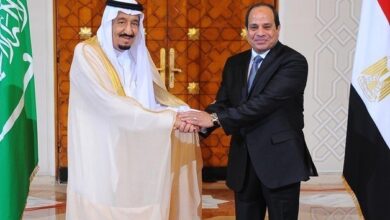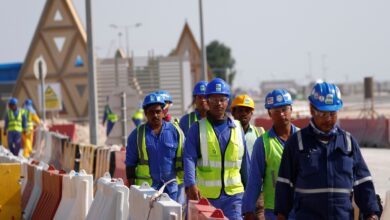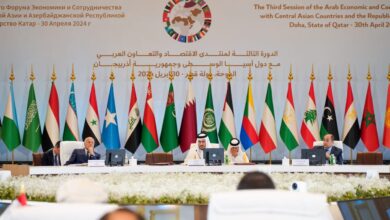Iran disbands “morality police” – Iran’s Attorney General

Mohammad Jafar Montazeri made the comments in a meeting Saturday, stressing that; however, the judiciary continues to monitor behavioral conduct among the people, a hint that hijab rules are not scrapped and only special patrols in streets are disbanded.
Earlier in the week Montazeri had mentioned that the Parliament and the Supreme Council of the Cultural Revolution would announce their opinion on the issue of forced hijab within two weeks, signaling that the mandatory hijab rule might be modified or revoked.
The recent protest movement in Iran was triggered by the death of Mahsa Amini, a 22-year-old woman, when she was arrested by the ‘morality police’ for ‘improper attire.’ During the nationwide protests, women removed the mandatory hijab and set their headscarves on fire in the streets as a sign of protest.
Western governments, including the United Kingdom, the United States, and Canada, added the hijab law enforcement unit of the Islamic Republic to their list of sanctioned entities.
Many women in Iran are now appearing in public without the mandatory hijab and regular police is not interfering in a sign that authorities are either unwilling to risk further confrontation with the public or finds it impossible to deal with so many people undermining the rule at the same time.
The first woman who defiantly removed her headscarf in a main Tehran street in December 2017
The first woman who defiantly removed her headscarf in a main Tehran street in December 2017
The ‘morality police’ was officially launched in the summer of 2006 during the presidency of then-president Mahmoud Ahmadinejad, a conservative. Ahmadreza Radan, the former police chief of Tehran during this time described the mission of ‘morality police’ as “fighting against improper hijab.”
The end of the controversial and violent institution has been announced by a top Iranian judiciary official in a situation that people on social media say the decision would not persuade them to give up protests since they have fundamental demands, including an end to the Islamic Republic.
They say the mandatory hijab itself is an apartheid policy against women which is still in force. It also symbolizes broader demands for fundamental political and economic reforms like a free and independent judiciary, freedom of speech, free elections, etc.
The Islamic Republic is far from accepting such demands because that would mean its demise if officials became accountable through democratic institutions.
While people on social media generally call for the ouster of the regime, it seems the end of morality police is an insufficient concession to protesters.
Iranian women’s fight against state-imposed hijab started as early as in 1979 shortly after the Islamic Republic was established. Ayatollah Ruhollah Khomeini, the first leader of the clerical regime announced immediately announced that women would be allowed in their workplaces only if they observe compulsory hijab.
Soon after his comments, thousands of Iranian women poured into the streets to protest but they were brutally suppressed by pro-regime forces that would later form the Revolutionary Guard, Basij paramilitary and the ‘morality police.’
This led to years of socioeconomic marginalization of women who rejected the imposition of compulsory hijab. Many well-educated Iranian women, including doctors, nurses, and teachers, lost their jobs and a large number emigrated.




